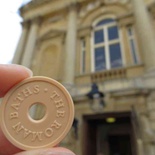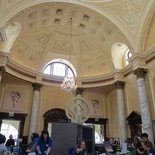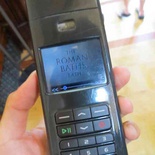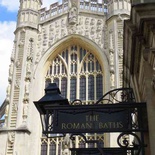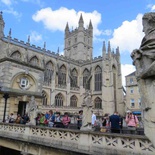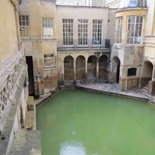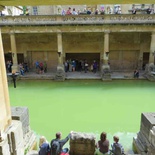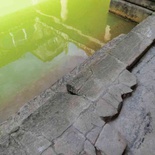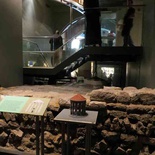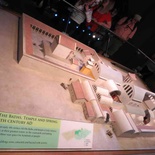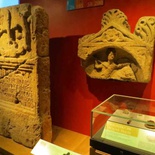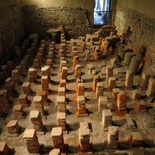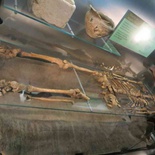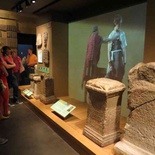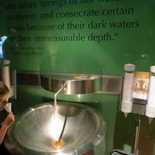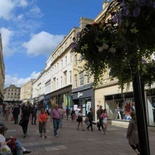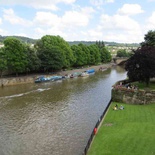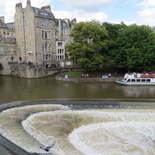Let’s visit the historical Roman Bath in Bath City England with a day trip. It is a historical city and UESCO cultural site, and home to a largely intact Roman public bath constructed since the 60-70AD.
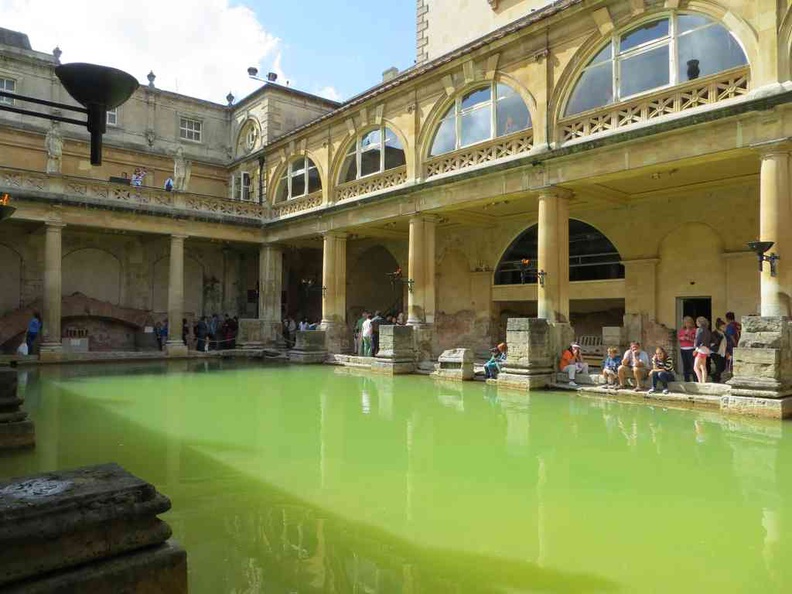
A trip to bath and the Roman bath attraction takes about half a trip tops. Driving there from Central London takes about 2 and a half hours (200km) westbound towards Bristol city. Hence, you can easily do a day trip to Bath via daily guided tours departing from London Victoria bus station.
These entire day tours typically cost about $100 per head, and settles the hassles of transport and guide. Typically these tours are best paired with a brings you along other minor sights of interests in the vicinity, such as a trip to Windsor castle and the ancient Stonehenge in Wiltshire, England.
Ancient Roman Bath Complex
The central and grand bath greets you upon entry to the complex. The great Roman Bath was part of a temple structure constructed between 60-70AD, and thought to be a centre of worship used by Celts. Notably, it is one of the most well-preserved baths in the world.
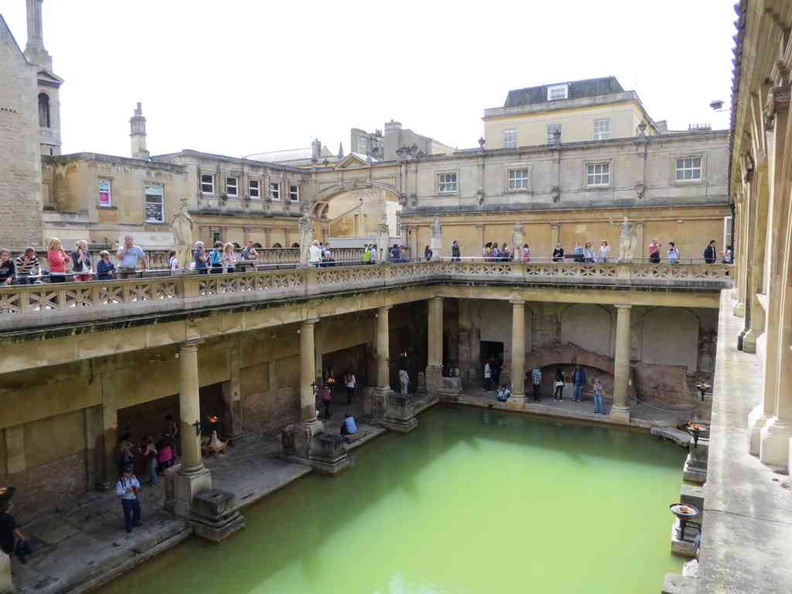
Moreover, here you can explore the various corridors and the marble reliefs which once makes up this magnificent bath area. Also, the bath water here is Geothermal heated, raising the spring water temperature from ambient to between a toasty 69 and 96 °C. Interestingly, the water here is green, (definitely) not drinkable and even dangerous to touch. The water has traces of Naegleria fowleri, a deadly pathogen. Also, visitors were known to contract meningitis after being in contact with the water.
Hence, do take a care when walking around here. The marble and limestone floorings had pretty much deteriorated over the centuries, which can be a trip hazard in some areas. Do keep children in check and avoid have them running around.
Learning at the Roman Bath Museum
Moving from the main Great Bath, is the museum area. Here, the museum houses artifacts from the Roman period. Also, interestingly, the Romans are also one of the first civilisations to implement centralised water distribution and sewerage collection ducts.
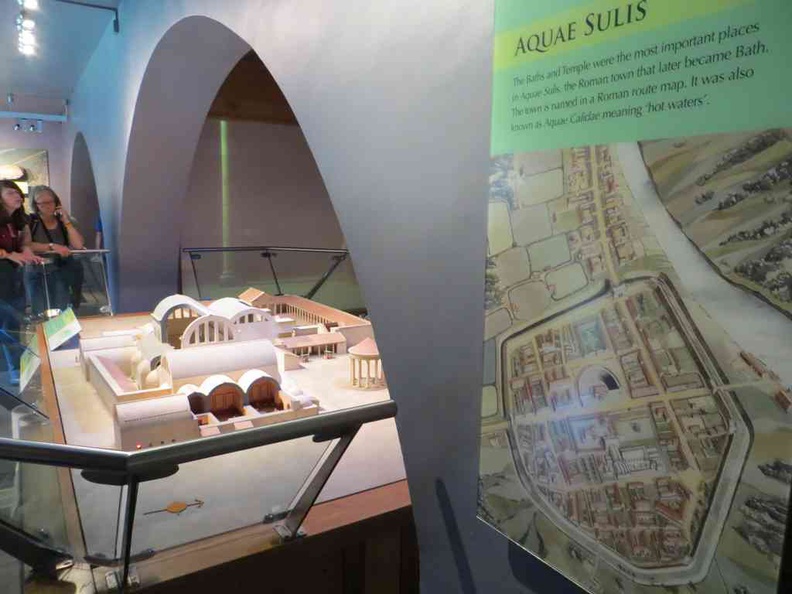
This is evidenced by archaeological dig finds. Here, you can find reproduction model of the Roman Bath, as well as the nearby Roman Temple of Sulis Minerva.
Moreover, here, you can learn about the interior spring overflow tunnels which forms part of a complex of city drainage structure. The hot spring water are sourced as rainfall from the nearby Mendip Hills.
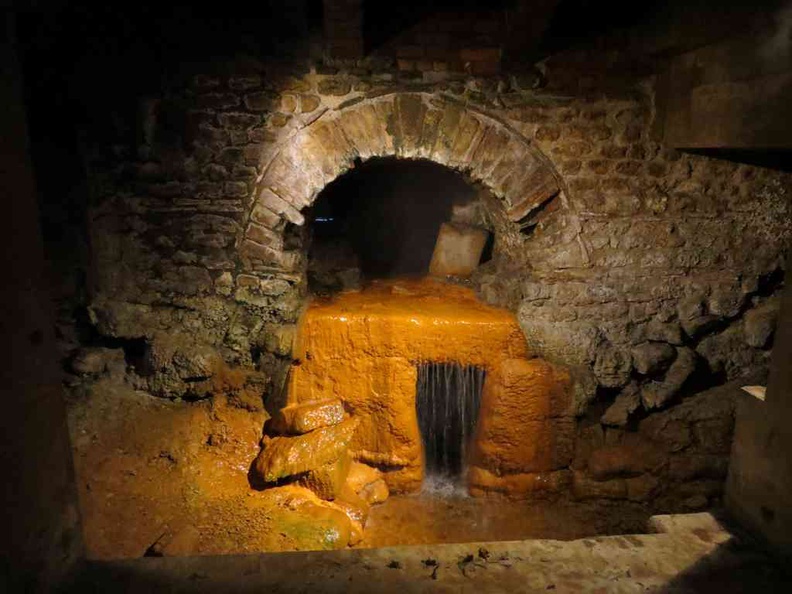
Also, it flows into the city network of drains and collected here. The water runs through limestone aquifers to a depth of up to 4km underground. You can view one of the few active aquifers in the museum here.
In addition, here you can find museum-style displays, cases and informatics boards. It teaches and provides visitors with an understanding via a recreation of how the Roman baths were back in the day. You can also find on display offering objects thrown into the “Sacred Spring”.
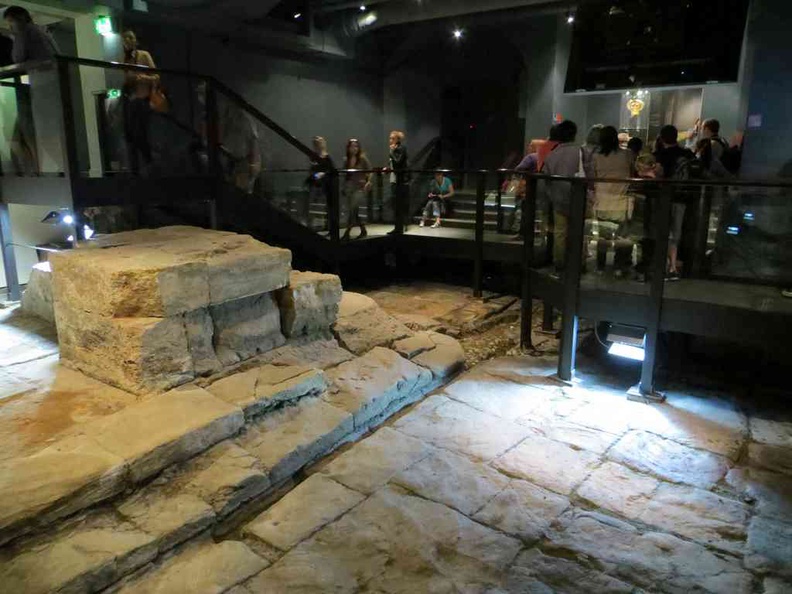
Furthermore, the museum follows through a logical and linear manner with distinct entry and exit points running you through the attractions historical basements, trenches unearthed during the archaeological dig. Also, audio guides are available if may to provide additional secondary information on the exhibits.

Grab a Bath bun pastry in town
Additionally, when you are done with the Roman baths, do take some time to explore the city of bath itself at your own time. The city has a city centre lined with shops, and bakeries. The city is themed with historical 18th Century Architecture.

It is tad a showcase of 18th Century Georgian style town planning in the earliest display of town social squares. Also, here you can find the Pulteney pedestrian Bridge and the 7th century old Bath Abbey cathedral as town landmark highlights.
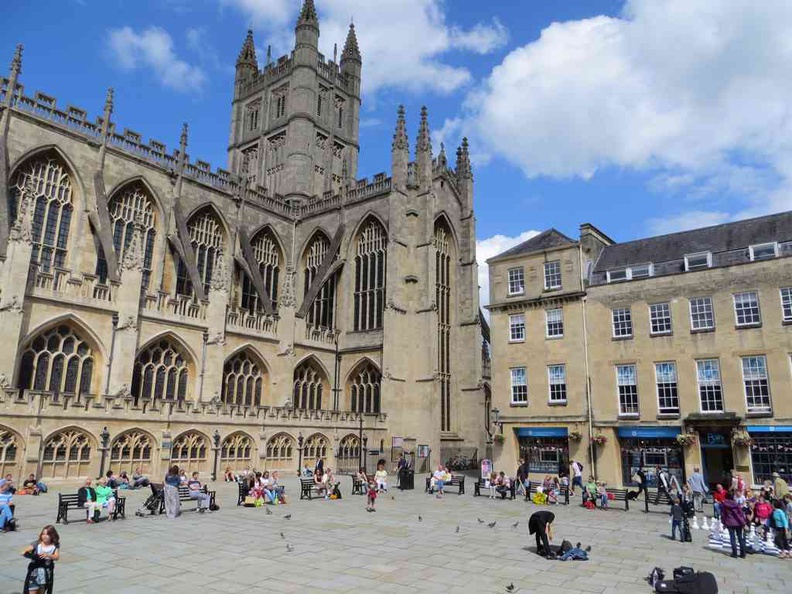
Also, do take a time to walk through he city streets and pop into a bakery for the city famous Bath buns. The Bath bun is a sweet dessert bun roll made from a milk-based yeast dough. These huge buns are available in a variety of sizes to suit your budget. They typically have generous servings of crushed sugar sprinkled on top after baking and cost about 2-3 pounds a pop.
Pulteney Bridge
Wrapping up, on the outskirts of the city, you can find a couple of lush flowering gardens and a huge flowing river canal. Moreover, these flower blooms gardens are a highlight on spring summer months. Also, the Pulteney Bridge, one of Bath’s most iconic spots. The classically designed bridge overlooks the weirs of Bath and is one of only four bridges in the world with shops along both sides. You might remember we crossed on such similar bridge in Florence Italy. Here, you can find and assortment of cafes, and bakeries shops on one of the most photographed parts of the city.
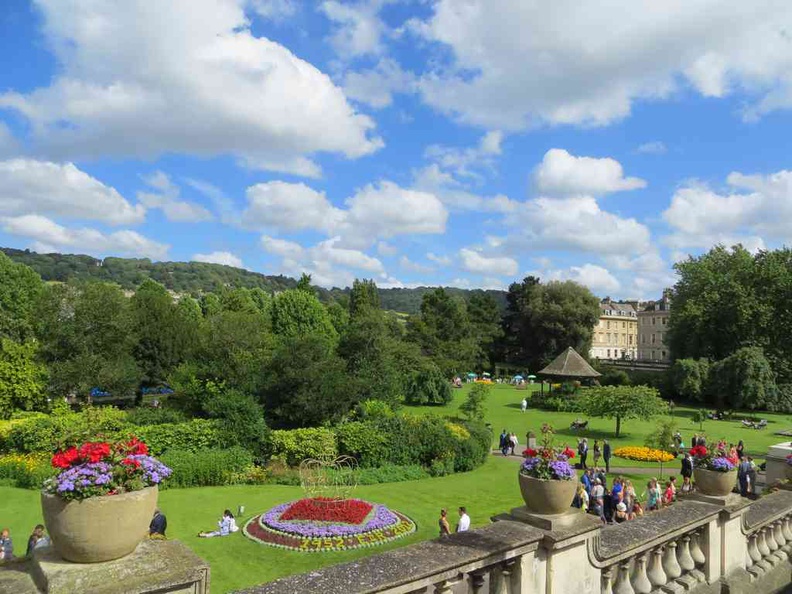
All in all, Bath is a small chill British city with a rich Roman history in a very quintessentially British town, with a great 18th century setting and lush gardens to boot. You are good in the city for about a couple of hours tops, including visiting the Roman Bath. A good trip in your explorations of Western UK.

